"My Child Lebensborn" is an emotionally charged narrative-driven game that explores the consequences of war and the impact it has on children.
Function:
"My Child Lebensborn" functions primarily as an interactive storytelling experience, focusing on the life of a child born in the aftermath of World War II in Norway.
Players assume the role of a caretaker responsible for nurturing and guiding the child through various stages of their life.
The game presents players with choices and decisions that directly influence the child's well-being, emotions, and development.
Through dialogue, interactions, and exploration, players uncover the child's backstory and the challenges they face due to their parentage and the societal stigma surrounding them.
Characteristics:
Emotional storytelling: The game delves into sensitive themes such as identity, prejudice, trauma, and resilience, offering a poignant and thought-provoking narrative experience.
Choice-driven gameplay: Players make decisions that affect the child's emotional state, behavior, and relationships, shaping their journey and ultimately determining the outcome of the story.
Immersive atmosphere: The game creates a immersive atmosphere through its detailed environments, atmospheric soundtrack, and expressive character animations.
Meaningful interactions: Players engage in conversations and activities with the child, fostering a bond and exploring complex emotions and moral dilemmas.
Multiple endings: The game features multiple branching paths and endings, providing replay value and encouraging players to explore different choices and outcomes.
Highlights:
Emotional depth: "My Child Lebensborn" offers a deeply emotional and thought-provoking experience that resonates with players on a personal level, prompting reflection on the human cost of war and prejudice.
Narrative complexity: The game's richly detailed storyline and well-developed characters captivate players, drawing them into the child's world and eliciting empathy and compassion.
Player agency: Players have agency over the child's fate, with their choices shaping the narrative and influencing the child's development and relationships.
Real-world relevance: "My Child Lebensborn" sheds light on the long-term psychological and social effects of war and discrimination, raising awareness and fostering empathy for real-world issues.
Artistic presentation: The game's visually striking art style, evocative music, and immersive sound design enhance the storytelling experience, immersing players in the world of post-war Norway.
Advantages:
Unique storytelling: "My Child Lebensborn" offers a unique and memorable narrative experience that stands out in the gaming landscape, challenging players to confront difficult themes and moral choices.
Emotional engagement: The game's compelling characters, evocative writing, and immersive atmosphere elicit powerful emotional responses from players, fostering empathy and connection.
Educational value: By exploring the psychological and social impact of war and discrimination on children, the game promotes understanding and empathy for the experiences of marginalized individuals.
Replayability: Multiple branching paths and endings provide incentive for players to replay the game and explore different narrative possibilities, enhancing its longevity and value.


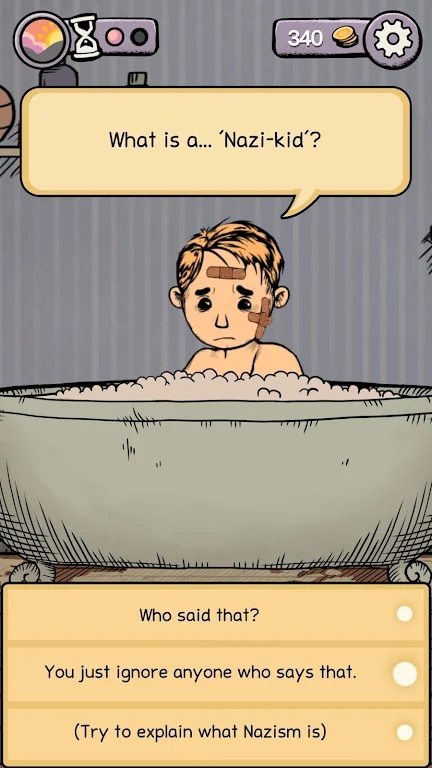
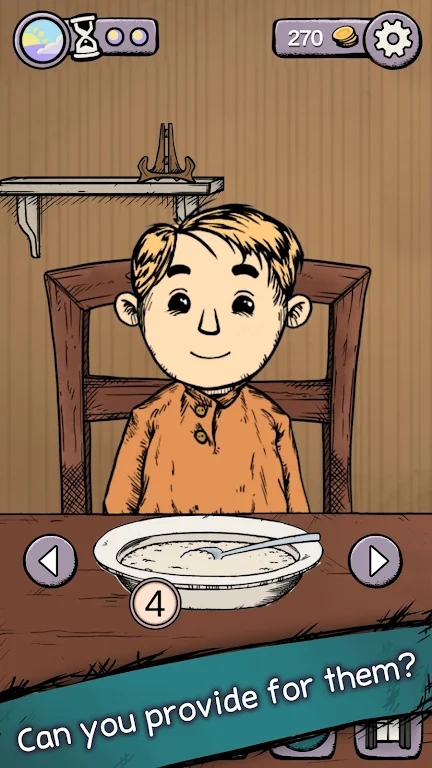
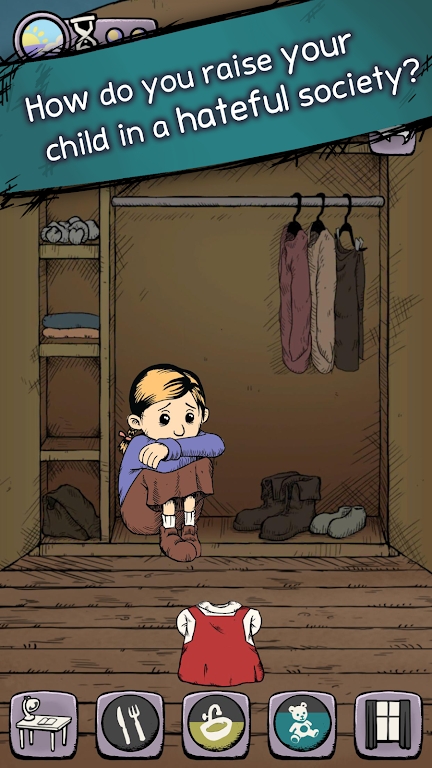
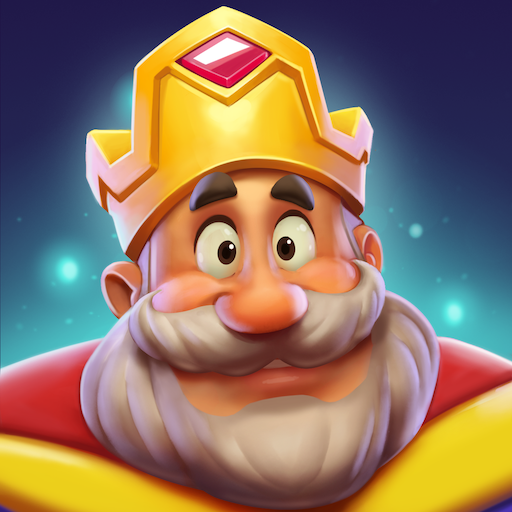









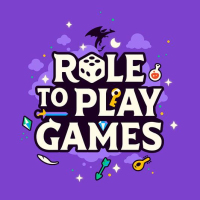
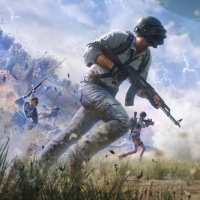




Preview: